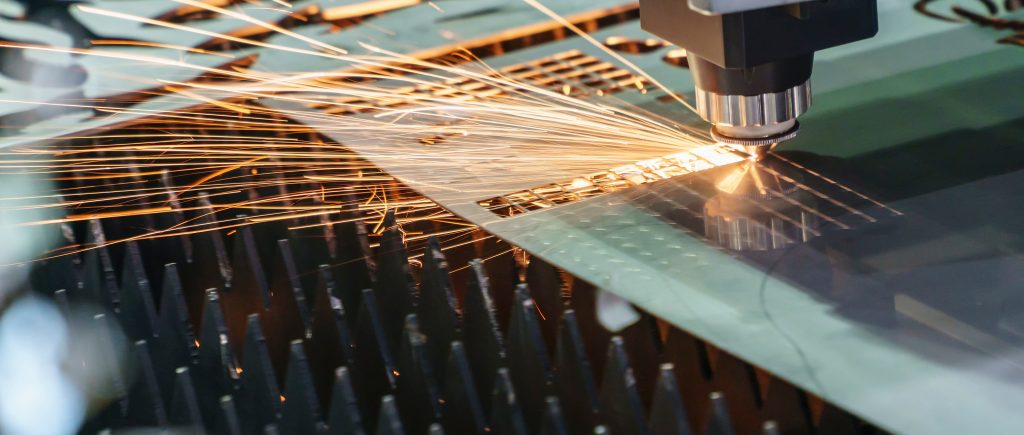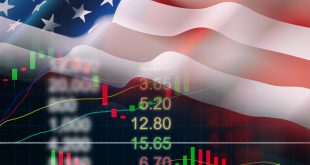Donald Trump’s aggressive trade policies, including sweeping tariffs on imports from over 100 countries, are being touted by his administration as the catalyst for a grand revival of American manufacturing. White House officials argue that these measures will make foreign goods more expensive, encouraging companies to produce domestically and restore the “Made in USA” label to prominence. However, economists and trade experts remain unconvinced, warning that the president’s unpredictable approach could hinder rather than help the sector.
Several flaws stand out in Trump’s strategy, starting with its inconsistency. Unlike the targeted incentives under the previous Biden administration—which combined tariffs on specific Chinese products like electric vehicles and batteries with subsidies to boost domestic investment—Trump’s tariffs are broad and ever-shifting. Economists emphasize that successful industrial policies require long-term stability to attract investors. “Factories can take years to plan and build,” one notes, pointing out Trump’s frequent policy reversals and advanced age as sources of uncertainty that deter major commitments.
Adding to the doubt is a recent court ruling deeming Trump’s blanket tariffs illegal, currently under appeal, which injects further risk into corporate decision-making. Experts from conservative think tanks argue that these tariffs inflate production costs for U.S. manufacturers, ultimately reducing their global competitiveness and leading to job losses. “There will be winners and losers, but the losers will far outnumber the winners,” one predicts, echoing findings from a Federal Reserve study that linked Trump’s first-term tariffs to a net decline in factory employment due to higher input costs and retaliatory measures from trading partners.
Trump’s administration boasts of massive investment pledges secured through trade deals—such as $600 billion from the EU, $550 billion from Japan, and $350 billion from South Korea—claiming these will dwarf historic efforts like the post-World War II Marshall Plan. Yet, skepticism abounds. Experts dismiss these figures as largely aspirational or repackaged existing plans, unlikely to materialize without enforceable mechanisms. Past promises, including a failed electronics plant project in Wisconsin that fell short of its $10 billion investment and 13,000 jobs, fuel this wariness.
Broader trends in manufacturing also cast a shadow over Trump’s ambitions. Employment in the sector has been declining globally, including in China, as automation and advanced technologies allow for higher output with fewer workers. Economists point out that U.S. manufacturing peaked during World War II and has trended downward since, with robots increasingly replacing human labor. Imposing tariffs on key inputs like steel and aluminum, they argue, harms downstream industries—such as automaking, where one steel job supports 80 others that rely on affordable materials.
In the auto sector, Trump’s policies draw particular negative commentary. By slashing subsidies for electric vehicles while imposing mismatched tariffs, he risks isolating American manufacturers from global shifts toward sustainable transportation. A former official from the Biden and Obama administrations warns that this could leave the U.S. dominant in gas-guzzling trucks but lagging in EVs, which are poised to dominate international markets. “It’s setting the industry up to be an island of backwardness,” the expert says, highlighting the environmental and competitive dangers.
Ultimately, while Trump’s tariffs aim to protect and revitalize U.S. factories, many experts believe they will achieve the opposite: stifling innovation, raising costs, and failing to reverse long-term employment declines. As global trade dynamics evolve, the success of any manufacturing resurgence may hinge more on strategic, consistent policies than on blunt protectionism.
 Noor Trends News, Technical Analysis, Educational Tools and Recommendations
Noor Trends News, Technical Analysis, Educational Tools and Recommendations





